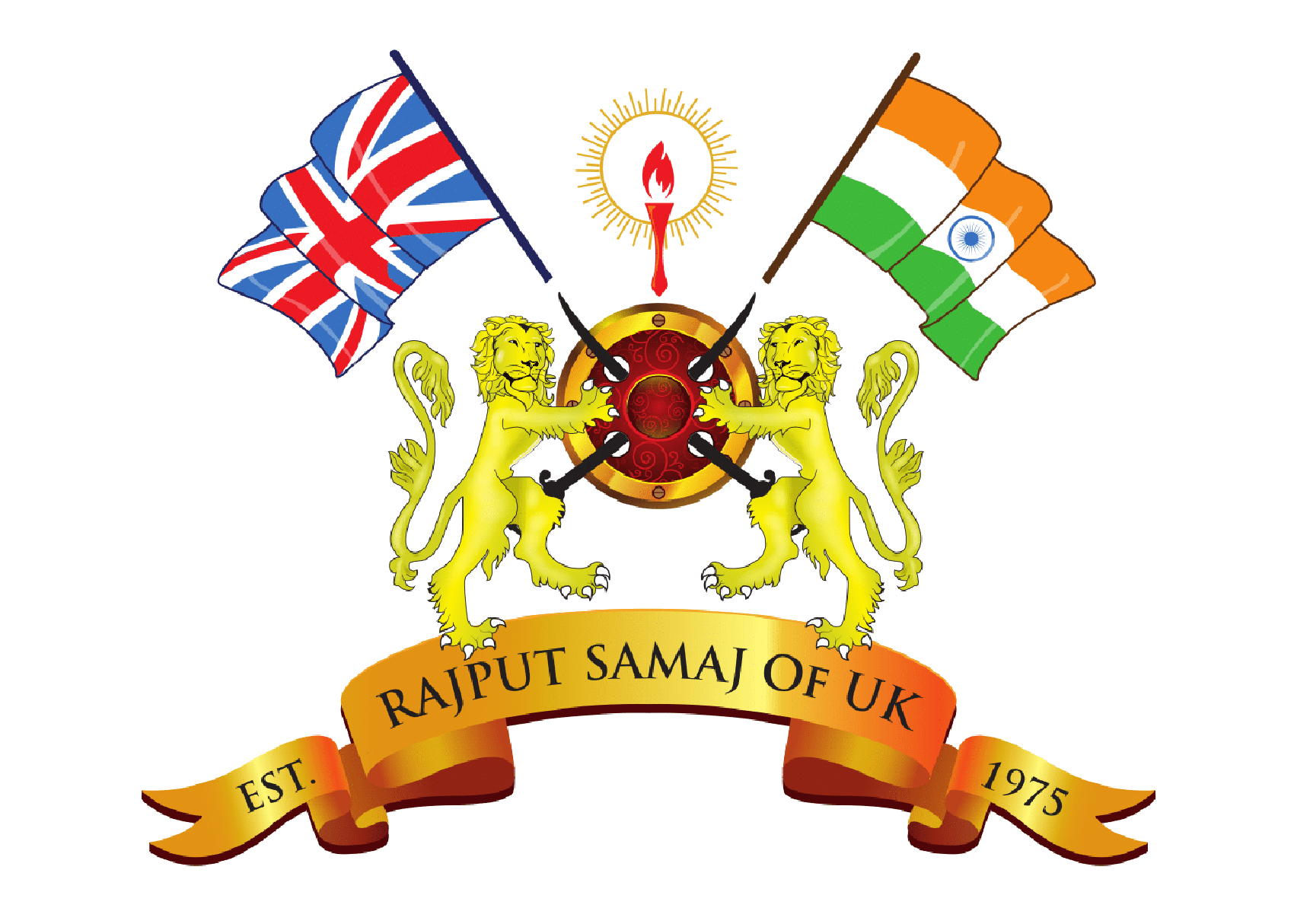History of Katochs
Katoch is the name of a Rajput clan belonging to the Chandravanshi Kshatriya lineage. Their traditional areas of residence was Trigarta Kingdom, Jalandhar, Multan i.e. the areas of residence are mainly in the Indian states of Punjab, Uttarakhand, Himachal Pradesh and Jammu.
History
The Katoch dynasty is considered to be the oldest surviving royal dynasty in the world. They first find mention in the Hindu epics Ramayana and Mahabharata and the second mention is in the recorded history of Alexander the Great’s war records. One of the Indian kings who in the time of Alexander ruled area near Kangra is said to be a Katoch king. In Mahabharata they are referred to as Trigarta who fight Arjuna. Raja Susarma Chandra fought Pandav Arjuna. He was ally of Duryodhana and sworn enemy of Virat and Matsya Kingdoms.
The katoch’s were also known for their sword skills.
In past centuries, they ruled several princely states in the region. The originator of the clan was Rajanaka Bhumi Chand. Their famous Maharaja Sansar Chand-II was a great ruler. The ruler Rajanaka Bhumi Chand Katoch founded the Jwalaji Temple in Himachal Pradesh.
The history of the Katoch Dynasty has been show cased at the Maharaja Sansar Chand Museum adjoining the Kangra Fort. The Museum provides audio guides for the fort and the museum.
The Maharaja Sansar Chandra Museum was officially inaugurated by His Holiness the Dalai Lama on the 6th of April 2011.
Branches
The Katoch Dynasty has four branches:
- Jaswal:
- Raja Naginder Singh is the present head of Jaswal clan.
- Guleria:
- Raja Brijesh Chand Guleria is the head of the Guleria Clan Rajputs. Guleria Rajputs are descendants of Hari Chand Katoch who while hunting fell in well and not being found, was declared dead, his younger brother Karam Chand was declared King. 22 days later Hari Chand was found by a shepherd and later after recovering he came to know that his brother has been declared king. He then decided to carve a new principality of himself rather than go back to his younger brother and ask for his old dominion, hence he started ruling from Guler Village and known as the “ranas of guler”(or guleria). They uses the surname Gul,Guleria,Rana,etc Even to this day, rulers of Guler are considered elder stock and hence given precedence to Raja of Kangra.
- Sibaia:
- Raja Dr. Ashok K. Thakur is the present head of the Sibaia clan. Dada-Siba is a place in Himachal Pradesh near to district Kangra.In “DadaSiba” Dada represents Dadhwal Rajputs and Siba denotes Sibaia Rajputs (sapheyia,supeyia called in local language) settled in nearby areas.
- Dadwal:
-
Also written as Dadhwal or Dhadwal The Rajput clan to which belongs the ancient ruling family of Datarpur, but said to take its name from Dada in Kangra on the Hoshiarpur border. The Ranas of Bit Manaswal. Or tableland of the Hoshiarpur Shivaliks were Dadhwal Rajputs.
The Dadhwals are found in the neighbourhood of Datarpur. The seat of their former sovereignty, and on the south west face of the Shivaliks in the Hoshiarpur district of Punjab state and Kangra and Una districts of Himachal Pradesh near Dholbaha and Janauri or Janakpuri, its ancient name, which is still used. Janak was an ancient Surajbansi ruler. The Dadhwals are a branch of the Katoch and do not intermarry the with them, or with the Gulerias or Sibayas on the ground of common decent. They have an interesting local history which describes how they wrested the tract round Datarpur from a Chang Rani.
The Dadhwals have several als or families, whose name are derived from their settlements, such as Janaurach, Dholbahia, Datarpuria, Fatehpuria, Bhanowalia, Khangwarch, Naruria, Rampuria etc. Datarpur is their chief village, but they have no system of chhats and makans.
